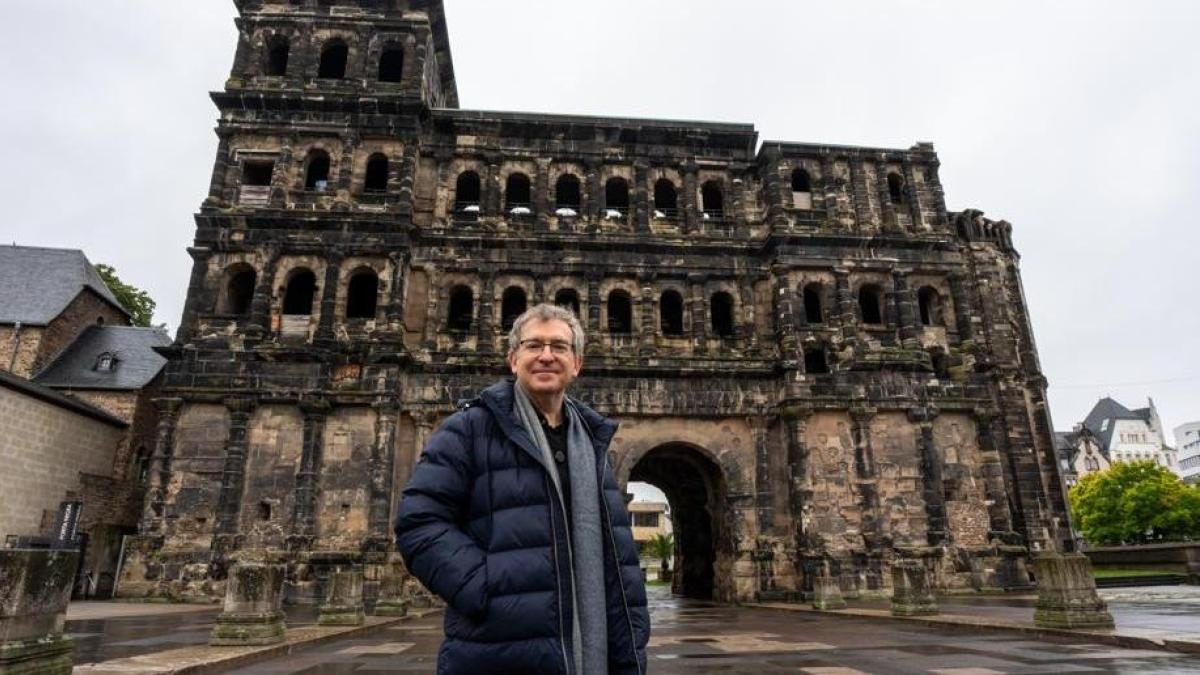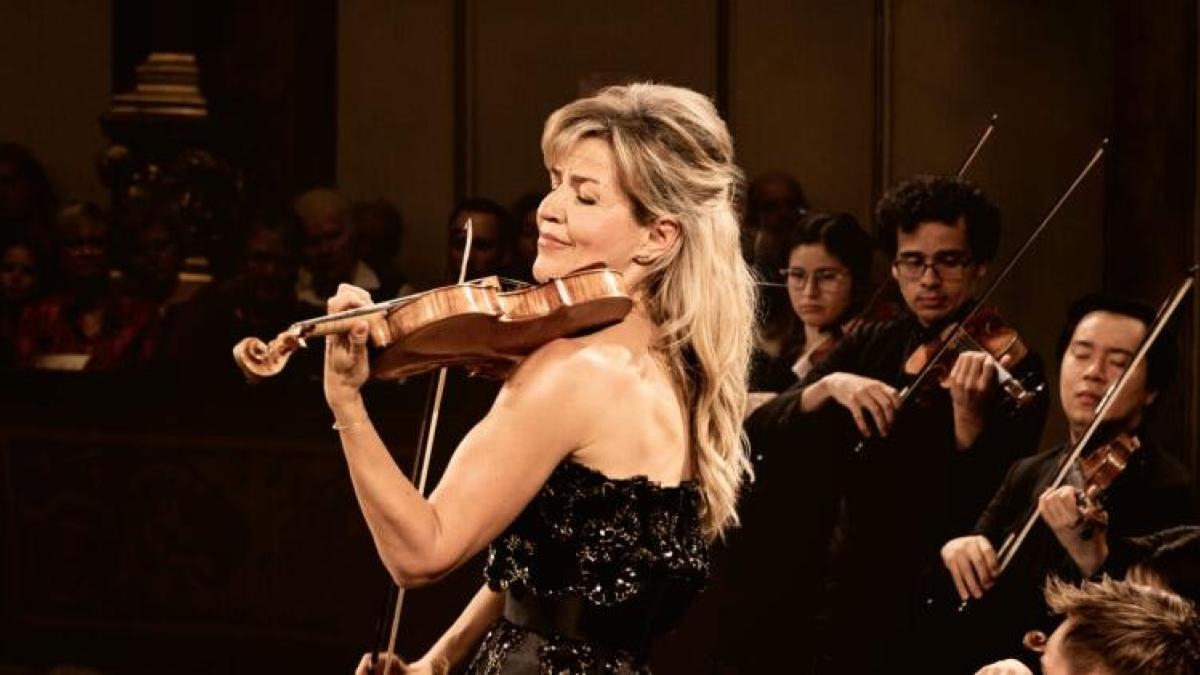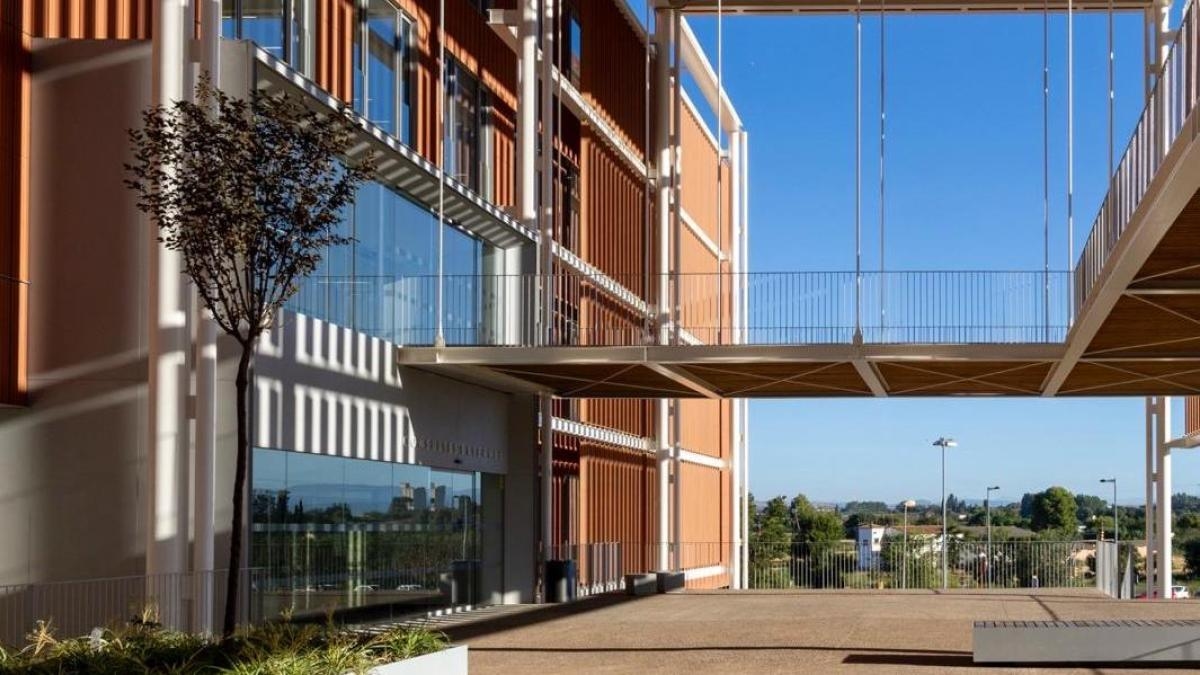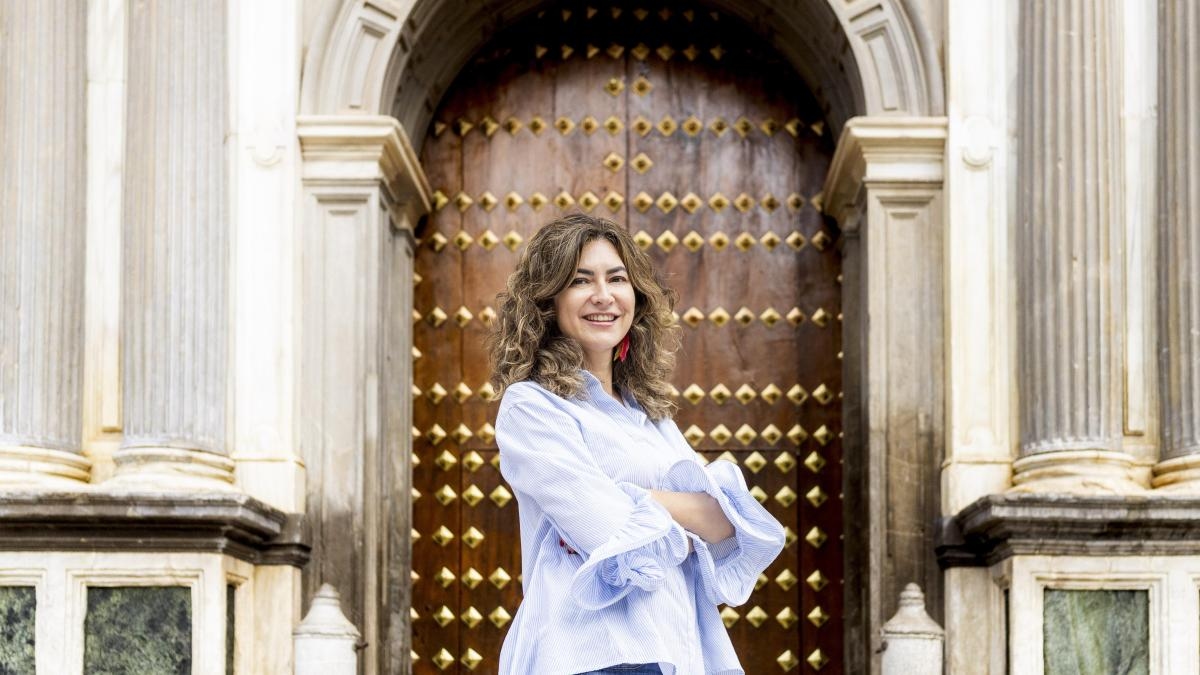A new icon for contemporary art in the heart of Paris
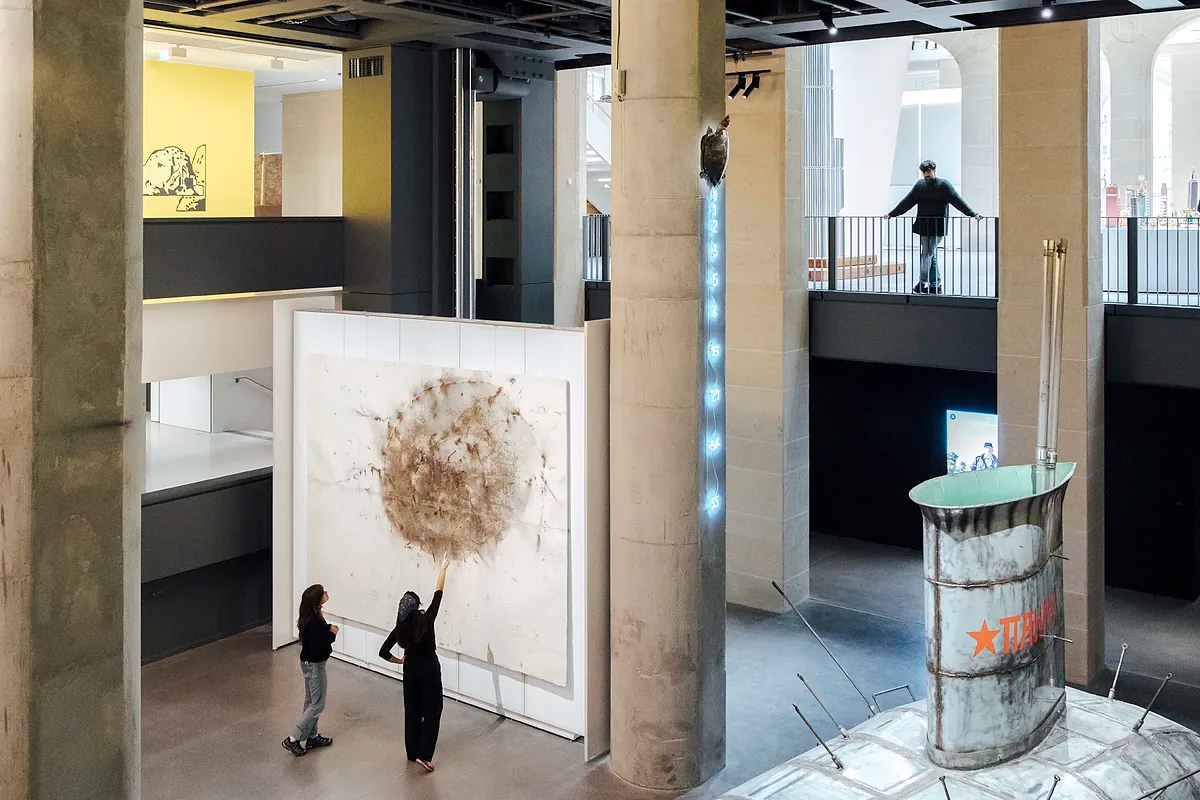
Just 200 meters from the Louvre Pyramid, in the shadow of the Palais-Royal, the new Parisian icon of modern art has emerged. The Cartier Foundation opens its doors on October 25th with a General Exhibition bringing together around 100 artists (Damien Hirst, Matthew Barney, Juan Muñoz, Giuseppe Penone, Hu Liu, Olga de Amaral) in a space reimagined by Jean Nouvel to maximize the "exhibition experience."
"There are no walls, no floor, no ceiling." This was the line adopted by the architect of the Agbar Tower in Barcelona and the extension of the Reina Sofía in Madrid. " Everything is unlimited and transformable. Everything is capable of movement ."
"We haven't invented modular architecture yet, but I think we've been able to take it to a higher level in the service of art," notes curator Grazia Quaroni. " It's a building in constant metamorphosis, which will be able to adapt to each exhibition and event ."
The original building was designed in 1854 by Alfred Armand, perfectly aligned with the Paris of Baron Haussmann . Until 1887, it served as the Grand Hôtel du Louvre, hosting thousands of visitors to the World's Fairs. It later became the Louvre Department Store and the Louvre Antiquaries. The Cartier Foundation was looking for a more iconic location to move away from the Boulevard Raspail and showcase its modern art collections in the heart of Paris. And the opportunity fell from the sky.
" Being able to stand next to the Louvre is almost a dream ," acknowledges Grazia Quaroni, who highlights Jean Nouvel's own dedication to opening large windows to capture the constant flow of people and create the sensation that the space expands outwards. However, the best-kept secret lies inside, with five mobile platforms that can be anchored in eleven different vertical positions, allowing the 6,500 square meters of exhibition space to be adapted to an infinite number of variations. The Italian studio Formafantasma has become an integral part of the General Exhibition, working closely with the architect.
"This is an exhibition that breathes," the curator emphasizes. "We wanted to give visitors a lot of freedom, so they wouldn't feel constrained, and we've also placed a lot of emphasis on interdisciplinarity and dialogue between the artists." The General Exhibition advances in four thematic veins: architecture, nature, manual arts, and science . From Damien Hirst's almond blossoms, we move on to Bruno Novelli's jungle visions, Olga de Amaral's textile waterfall, and Jean-Michel Alberola's murals, to Panamarenko's submarine and the imaginary worlds of Möbius.
There are also several narrative threads running beneath the surface, such as the environment, migration flows, and the threat of war. Philosopher Paul Virilio surprises us with his black-and-white photographs of bunkers on the Normandy coast. The Diller Scofidio+Renfro studio immerses us in an installation, EXIT , about the disturbing future of a warmer world. Luiz Zerbini invites us to reflect on "the spiritual nature of reality" using plants as the basis for his installations.
Grazia Quaroni invites us to open ourselves to the unexpected and to abandon all expectations about what we might find in an art exhibition at the doors of the renovated Cartier Foundation. Finally, we ask her if her ambition is to compete with the Louis Vuitton Foundation or fill the five-year void that the closure of the Centre Pompidou will leave in the center of Paris. "The Beaubourg will fly again," she assures. " And Paris will continue to be enriched with new spaces for exploring contemporary art ."
elmundo

